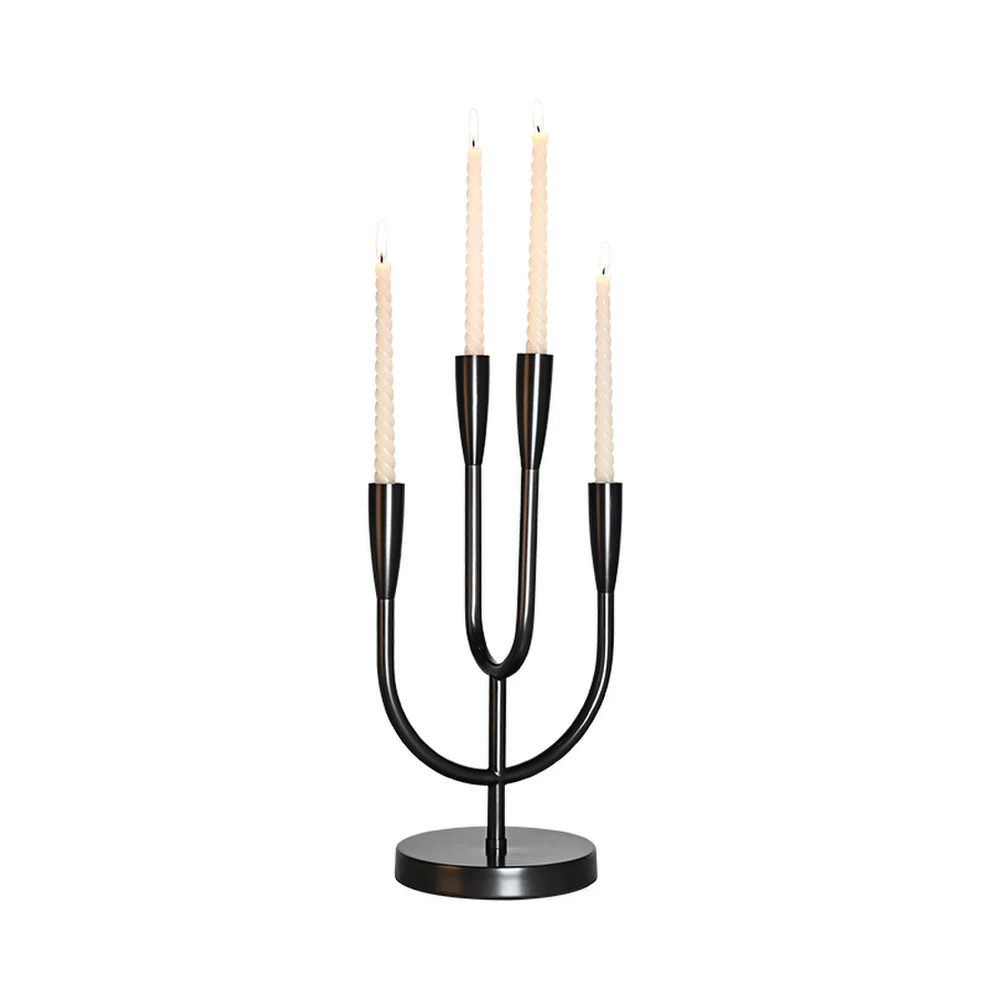Cost-Effective Ceiling Fan Options: Choosing the Best for Your Home
Cost-Effective Ceiling Fan Options: Choosing the Best for Your Home
Introduction
When it comes to staying cool during the warm months, ceiling fans can be a fantastic and cost-effective solution. Not only do they help to circulate air, making a room feel cooler, but they also consume significantly less energy compared to air conditioning units. This article will guide you through various cost-effective ceiling fan options available on the market, as well as tips on their installation and maintenance. Whether you live in a humid climate or a dry area, there is a ceiling fan that suits your needs.
Understanding Ceiling Fan Costs
Before diving into specific options, it's crucial to understand the factors that contribute to the cost of ceiling fans. Here’s a brief overview of what to consider:
| Factors | Description |
| Type of Fan | Diverse styles, including standard, flush-mount, and outdoor fans, appeal to different needs. |
| Material | The quality of materials used can significantly impact the price; materials include wood, metal, and plastic. |
| Energy Efficiency | Look for Energy Star-rated products to ensure low energy consumption. |
| Brand Reputation | Well-known brands might have a higher price but often offer better warranties and reliability. |
| Installation Costs | DIY installations can save you money; however, professional help may be needed for complex setups. |
Top Cost-Effective Ceiling Fan Options
With countless brands and models available, we have compiled a list of some of the most cost-effective ceiling fan options that combine Aesthetics and efficiency:
1. Harbor Breeze Armitage 52-Inch Ceiling Fan
One of the best budget-friendly ceiling fans, the Harbor Breeze Armitage features a classic design and an integrated light kit. It’s perfect for larger rooms and operates quietly, making it suitable for bedrooms and living areas alike.

2. Westinghouse 7861400 52-Inch Ceiling Fan
The Westinghouse 7861400 is another excellent choice with an impressive price point. This model boasts three speed settings and is energy efficient, helping save on electricity bills. It comes with a lifetime motor warranty, ensuring long-term use.
3. Honeywell Belmar 52-Inch Ceiling Fan
The Honeywell Belmar is not only aesthetically pleasing with its rustic appeal but also budget-friendly and functional. This fan includes a reversible motor, allowing for use in both winter and summer to enhance energy savings.
Considerations When Choosing a Ceiling Fan
Room Size
The size of the room should dictate the size of the fan. A larger room may require a ceiling fan with a bigger blade span, while smaller rooms can be effectively cooled with smaller fans. Measure your room before making a purchase to ensure you select the right size.
Blade Pitch
The blade pitch (angle of the blades) affects how much air the fan will circulate. A pitch of 12 to 15 degrees is ideal for optimal air movement. Look for models that advertise this feature.
Energy Efficiency
Energy-efficient fans can save you money on your utility bill. Look for fans with the Energy Star label, ensuring they meet certain energy-saving standards. Additionally, opt for models with DC motors, which are known for consuming less electricity than traditional AC motors.
Installation Tips for DIY Enthusiasts
Installing a ceiling fan can be a simple DIY project if you are handy with tools. Here are some essential tips to facilitate the installation process:
- Always ensure that the fan is securely mounted to a ceiling junction box rated for fan support.
- Turn off the power in the area where you will be installing the fan to avoid accidents.
- Follow the manufacturer's instructions carefully during installation to ensure safety and proper functionality.
Maintenance Tips for Longevity
To keep your ceiling fan in optimal working condition, maintenance is key. Here are some tips:
- Dust the blades regularly to maintain their appearance and efficiency.
- Check the fan's balance periodically to prevent wobbling and noise.
- Inspect the motor and other components for any signs of wear or damage.
Conclusion
In summary, choosing a cost-effective ceiling fan can greatly enhance the comfort of your living space while being gentle on your wallet. With several options available, consider the factors outlined above to make an informed decision. Remember to evaluate the room size, blade pitch, and energy efficiency to find the perfect ceiling fan for your home. Additionally, investing time in proper installation and routine maintenance will ensure your ceiling fan provides years of comfort without leading to increased utility costs.
Final Recommendation: Always opt for reputable brands that provide warranties and good customer service. This will protect your investment and help you make the most of your cost-effective ceiling fan options.
